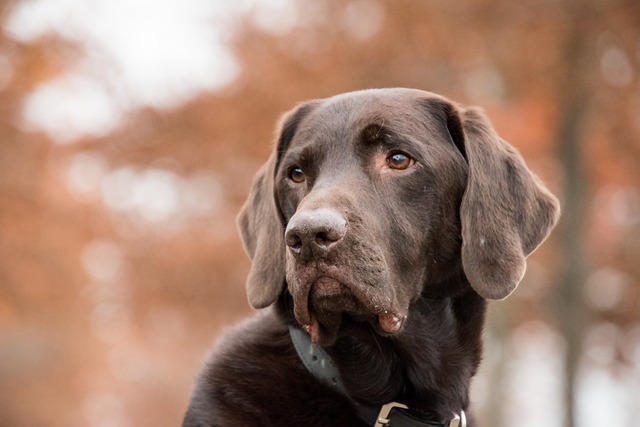
How do i train my dog to be obedient?
Watching your dog dart across the park ignoring your calls isn’t just frustrating—it can put them at risk near busy streets or public spaces.
Training a dog to offer polite greetings isn’t just about good manners—it’s about keeping your pup, guests, and neighbors safe. Many new dog owners notice their furry friend gets overly excited when someone arrives, jumping up to lick faces or paw at legs. This behavior, while well-meaning, can make visitors uncomfortable, especially kids or older adults, and even lead to accidental scratches. In busy neighborhoods or apartment buildings, where interactions happen often, polite greetings become a key part of fitting into the community.
The science behind teaching polite greetings lies in positive reinforcement—rewarding the behavior you want instead of punishing the one you don’t. Dogs learn fastest when they connect a action with a good outcome. For example, when a guest knocks, ask your dog to “sit” before opening the door. If they stay seated while the guest says hello, give them a small treat and excited praise. This tells them sitting equals good things, which they’ll start repeating on their own over time. Avoid scolding or pushing your dog away; this can make them anxious and more likely to act out later.
 Let’s break down the steps for real-life success. First, practice at home with a family member pretending to be a guest—start slow, maybe 10 minutes a day. When your dog jumps, turn away and ignore them; only give attention when they calm down and sit. Next, move to low-pressure public spots, like a quiet park bench. When another dog walker passes, ask your pup to “stay” and reward them for not lunging. For apartment dwellers, keep a bag of treats near the door for quick rewards, and warn guests to wait for your dog to sit before petting them. Consistency is key—even on busy days, a quick practice session helps reinforce the habit.
Let’s break down the steps for real-life success. First, practice at home with a family member pretending to be a guest—start slow, maybe 10 minutes a day. When your dog jumps, turn away and ignore them; only give attention when they calm down and sit. Next, move to low-pressure public spots, like a quiet park bench. When another dog walker passes, ask your pup to “stay” and reward them for not lunging. For apartment dwellers, keep a bag of treats near the door for quick rewards, and warn guests to wait for your dog to sit before petting them. Consistency is key—even on busy days, a quick practice session helps reinforce the habit.
In many places across the U.S. and Europe, responsible pet ownership also means following local rules that tie into greetings. Make sure your dog is up-to-date on core vaccines before taking them out—this is the law in most areas, and it keeps everyone safe if greetings get a little too lively. Always carry waste bags to clean up after your dog during walks; leaving waste behind breaks community trust and can lead to fines. Remember, corporal punishment is not just frowned upon culturally—it’s illegal in some regions and damages the trust between you and your dog. Positive training is the only way to build a happy, polite pup.
Teaching polite greetings takes time, but it’s one of the most rewarding skills you can share with your dog. It turns stressful moments into calm, enjoyable ones, and helps your dog feel confident in any situation. Plus, it shows your neighbors and community that you’re a thoughtful pet owner—something that matters in close-knit neighborhoods or shared living spaces. With patience, positive reinforcement, and a little practice, your dog will be greeting everyone with a sit and a wag in no time.

Watching your dog dart across the park ignoring your calls isn’t just frustrating—it can put them at risk near busy streets or public spaces.

New puppy owners often find themselves rushing to clean up accidents before they set in, and that’s where puppy pad training becomes a game-changer.

If you've noticed your dog's waistline disappearing and your veterinarian has mentioned those few extra pounds, your first instinct might be to simply reduce the amount of food in their bowl.

Training a dog to use a designated spot indoors isn’t as daunting as many new owners fear, but it does take consistency and an understanding of your pet’s needs.

That moment of dread on a walk is all too familiar for many new dog owners. You see another dog approaching down the sidewalk of your neighborhood

If the sight of another dog on your neighborhood walk makes your heart sink as your own dog erupts into a frenzy of barking and lunging, you're not alone.